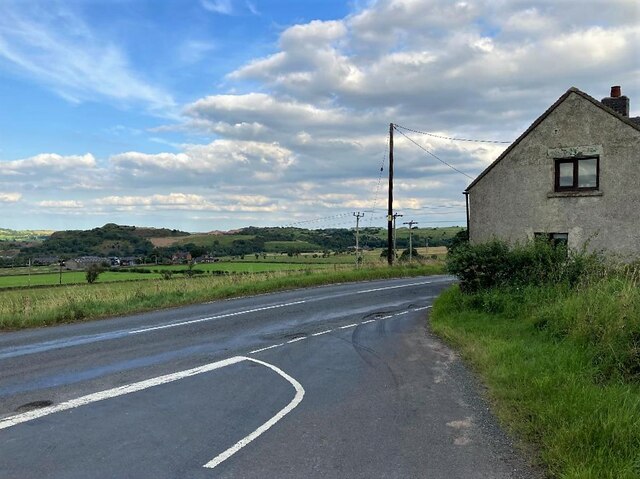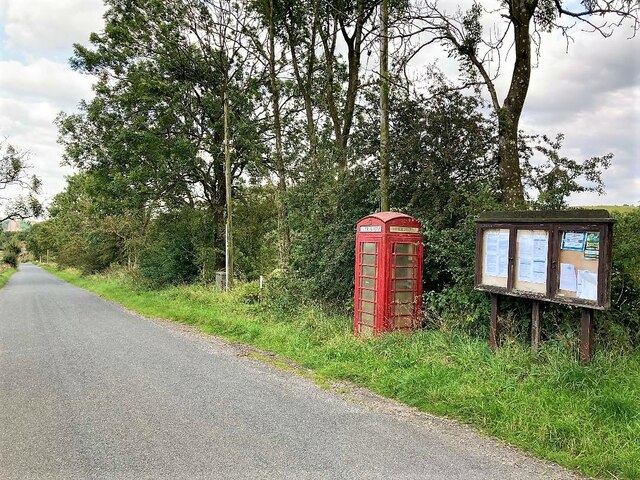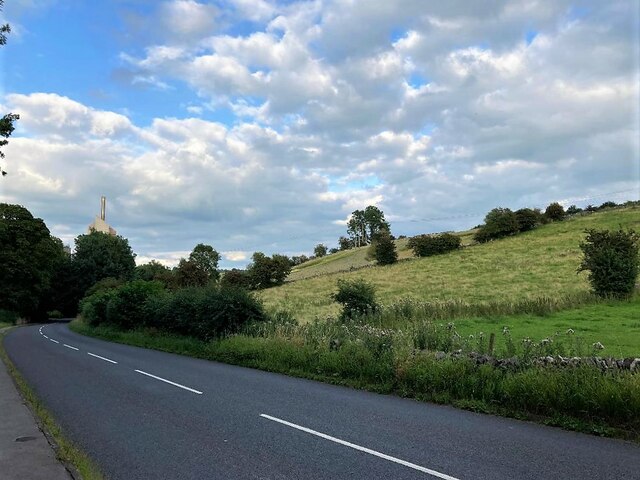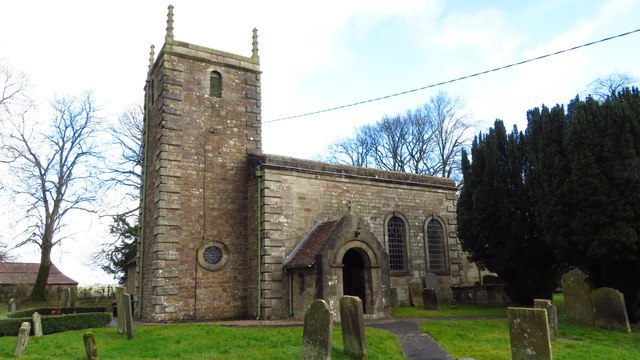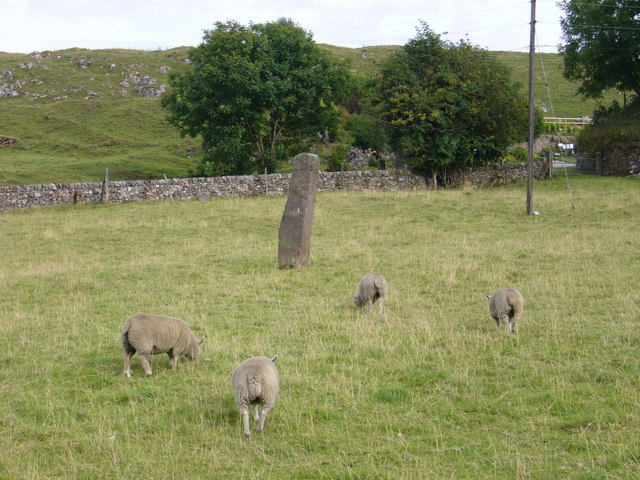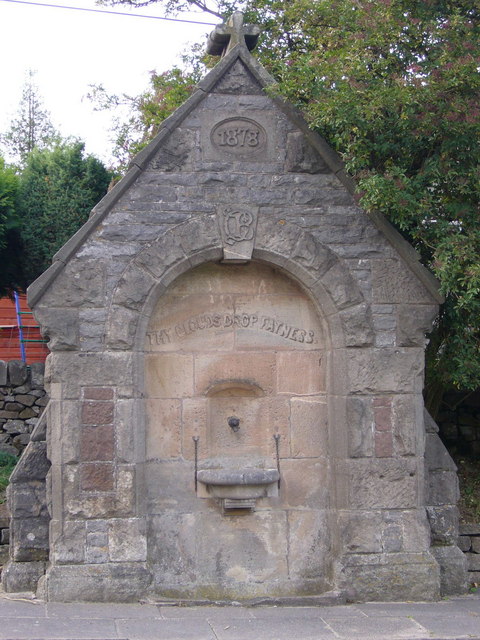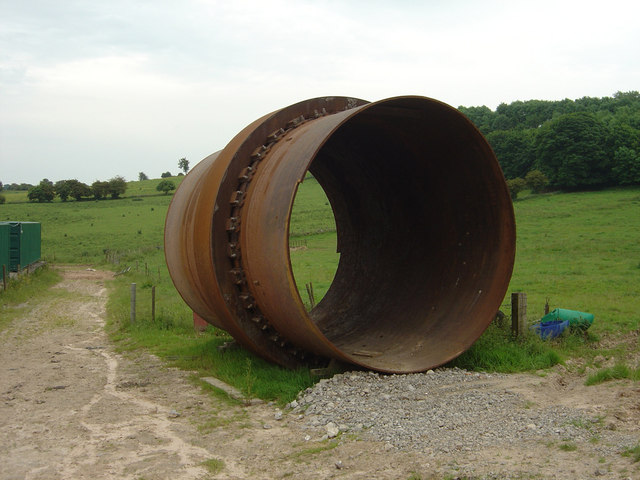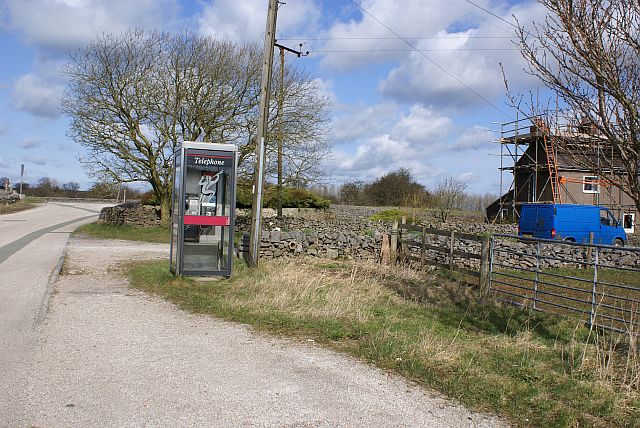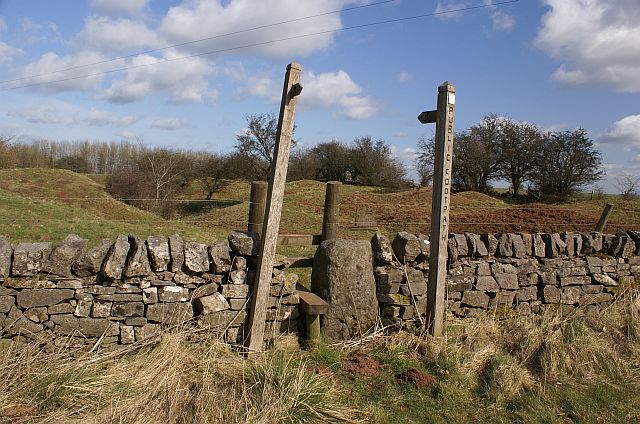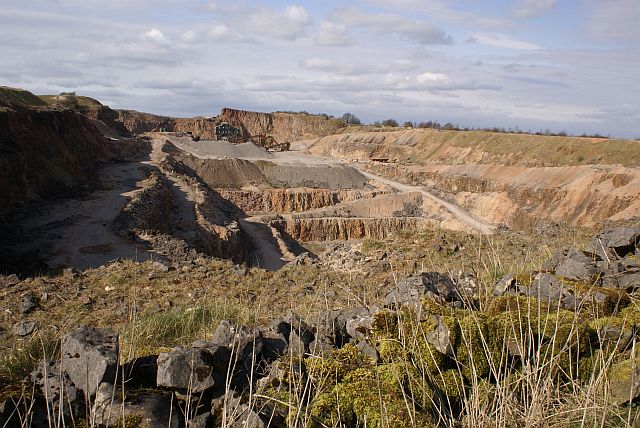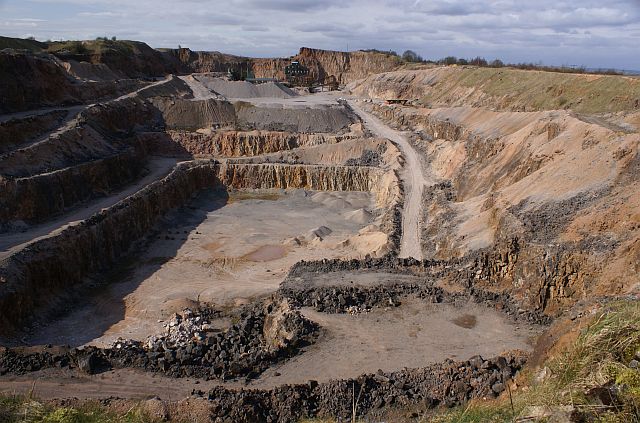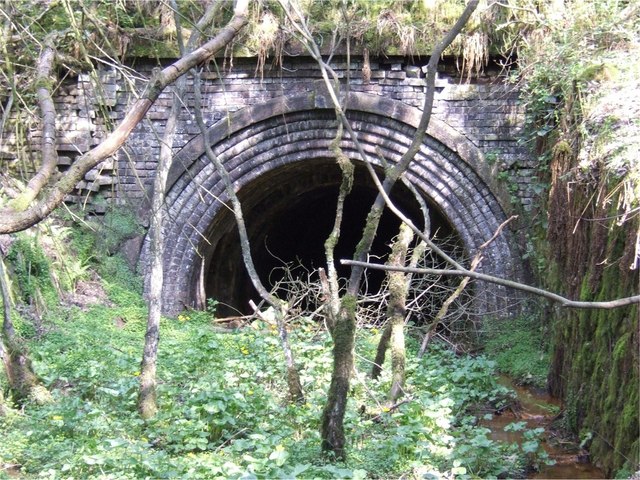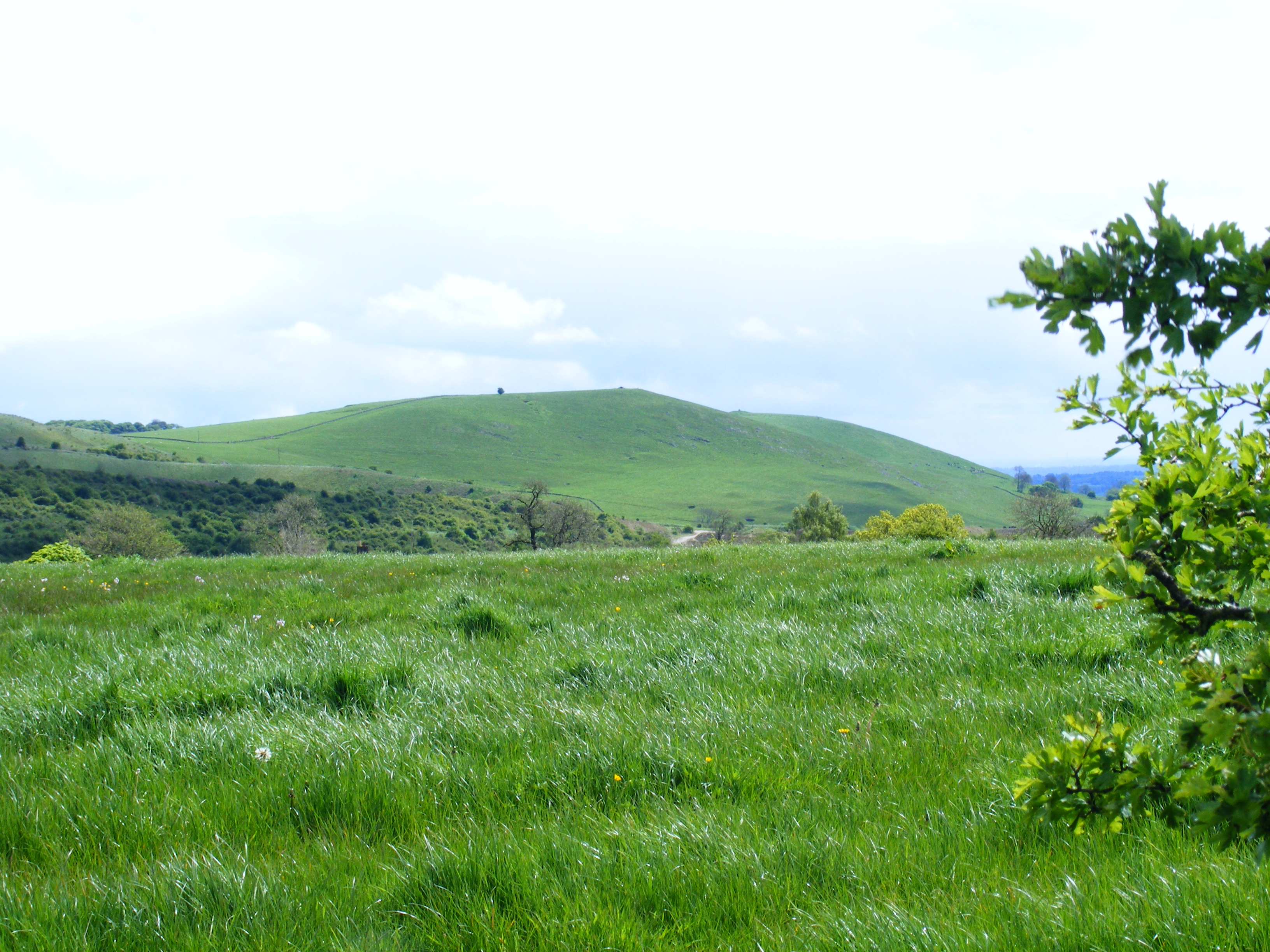Hoften's Cross
Settlement in Staffordshire Staffordshire Moorlands
England
Hoften's Cross
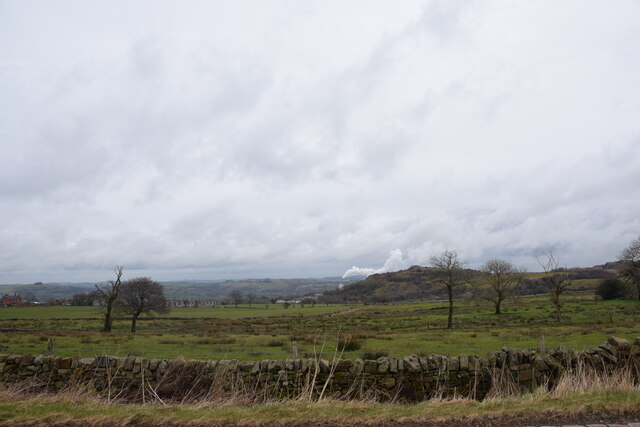
Hoften's Cross is a small village located in the county of Staffordshire, England. Situated in the West Midlands region, it is nestled in the picturesque countryside, surrounded by rolling hills and fields. The village is part of the Staffordshire Moorlands district and falls within the Staffordshire Moorlands parliamentary constituency.
Hoften's Cross is a quintessential English village with a population of around 500 residents. It is known for its idyllic charm and peaceful atmosphere, making it a popular destination for those seeking a retreat from the bustle of city life. The village is characterized by its traditional architecture, featuring quaint cottages and historic buildings that reflect its rich heritage.
One of the notable landmarks in Hoften's Cross is the village church, St. Mary's, which dates back several centuries. This beautiful place of worship stands as a testament to the village's long-standing religious traditions.
Despite its small size, Hoften's Cross boasts a close-knit community that actively participates in village events and activities. The village hosts various social gatherings throughout the year, including fairs, festivals, and fundraisers, which bring residents together and foster a strong sense of community spirit.
Surrounded by captivating natural beauty, Hoften's Cross offers ample opportunities for outdoor enthusiasts. The nearby countryside provides scenic walking trails and cycling routes, allowing residents and visitors to explore the stunning landscapes that Staffordshire has to offer.
In summary, Hoften's Cross is a charming village in Staffordshire, England, with a rich history, stunning countryside, and a close-knit community. It is an ideal destination for those seeking a tranquil retreat amidst picturesque surroundings.
If you have any feedback on the listing, please let us know in the comments section below.
Hoften's Cross Images
Images are sourced within 2km of 53.027404/-1.8930853 or Grid Reference SK0747. Thanks to Geograph Open Source API. All images are credited.

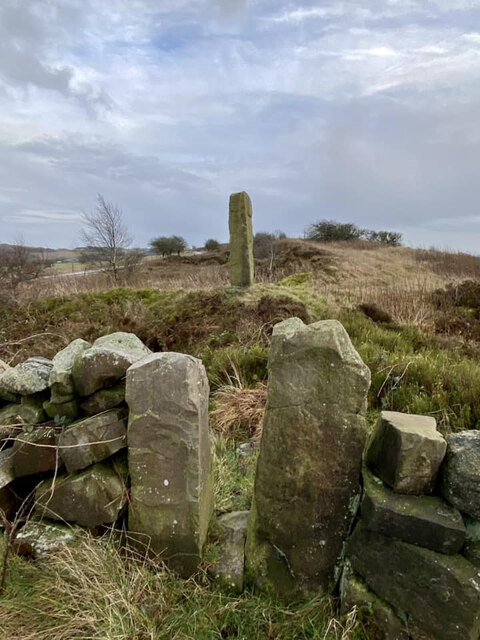
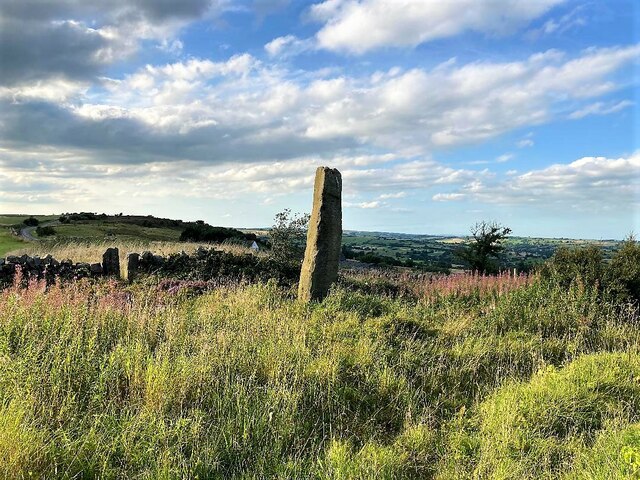
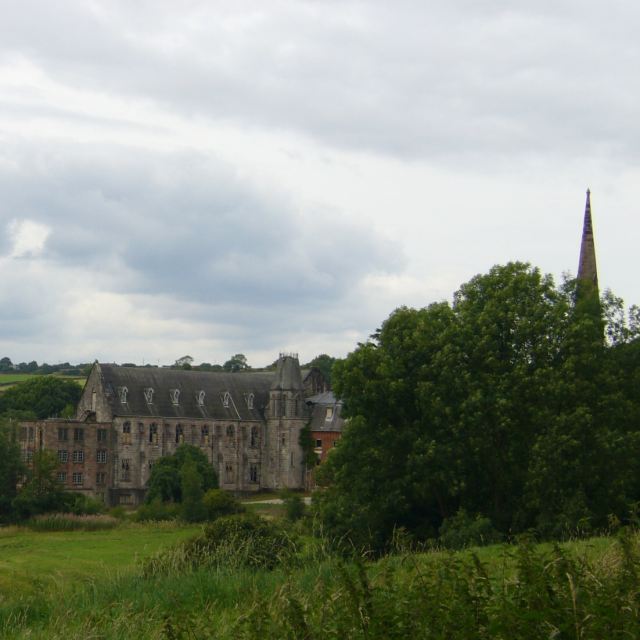
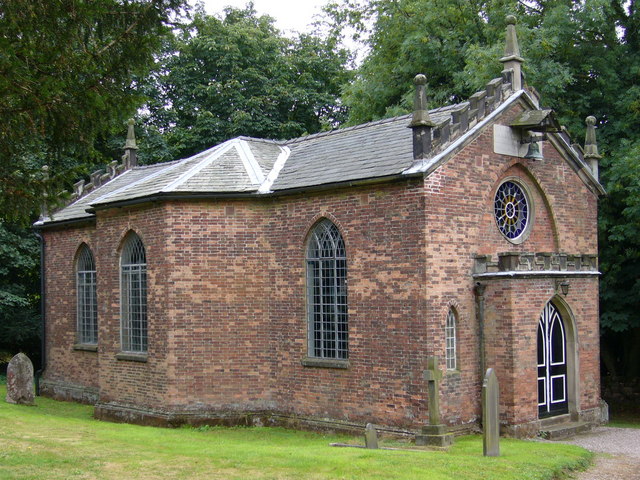
Hoften's Cross is located at Grid Ref: SK0747 (Lat: 53.027404, Lng: -1.8930853)
Administrative County: Staffordshire
District: Staffordshire Moorlands
Police Authority: Staffordshire
What 3 Words
///prefect.copy.crawler. Near Cheadle, Staffordshire
Nearby Locations
Related Wikis
Broomyshaw
Broomyshaw is a village in Staffordshire, England. Population details for the 2011 census can be found under Waterhouses, Staffordshire
Cotton College
Cotton College was a Roman Catholic boarding school in Cotton, Staffordshire, United Kingdom. It was also known as Saint Wilfrid's College. The school...
Cotton, Staffordshire
Cotton is a village and civil parish in Staffordshire, England. It is about 5 miles (8.0 km) north-east of Cheadle. Cotton Hall, originally built in the...
Caldon Low Halt railway station
Caldon Low Halt railway station was a railway station near the hamlet of Cauldon, Staffordshire. It was opened by the North Staffordshire Railway (NSR...
Cauldon
Cauldon or Caldon is a village and former civil parish, 19 miles (31 km) north east of Stafford, now in the parish of Waterhouses, in the Staffordshire...
Cotton Dell
Cotton Dell is a nature reserve of the Staffordshire Wildlife Trust. It is a wooded valley area near the village of Cotton and about 0.5 miles (0.8 km...
Weaver Hills
The Weaver Hills are a small range of hills in north east Staffordshire, England.The Weaver Hills are about 15 miles (24 km) east of Stoke-on-Trent and...
Back o'th' Brook
Back o'th' Brook is a village in Staffordshire, England. The population for the 2011 census can be found under Waterhouses
Nearby Amenities
Located within 500m of 53.027404,-1.8930853Have you been to Hoften's Cross?
Leave your review of Hoften's Cross below (or comments, questions and feedback).
